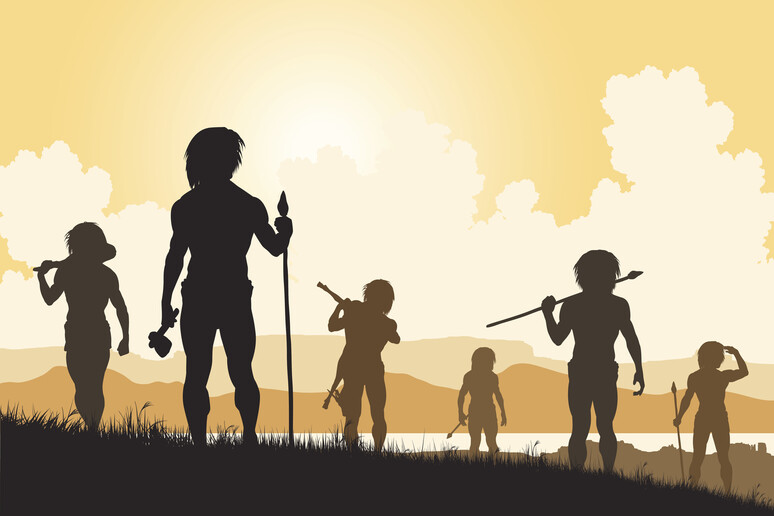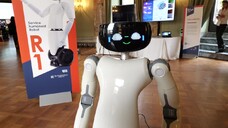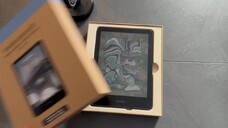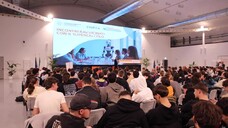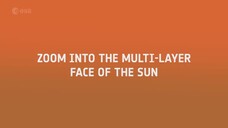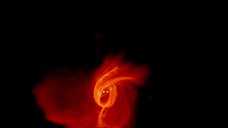Climate was the Cupid factor that lit the spark between the Neanderthals and the Denisovans, according to a study published in Science by an Italian-Korean team of climatologists and paleobiologists.
Past changes in atmospheric carbon dioxide and vegetation in Eurasia determined the geographical areas and the periods in which these two archaic human species crossed over, leaving a mark that remains in our DNA. The team featured researchers from Naples Federico II University, Florence University and Molise University. By crossing over archaeological and genetic data with past climate simulations obtained by supercomputers, the researchers worked out that the Denisovans could have lived in northern Europe, as well as in Russia and China.
The simulations also suggested that in warm interglacial periods, when the Earth's orbit was more elliptical and northern hemisphere summers took place closer to the Sun, the habitats of the two species overlapped in some regions, making encounters possible.
Riproduzione riservata © Copyright ANSA





